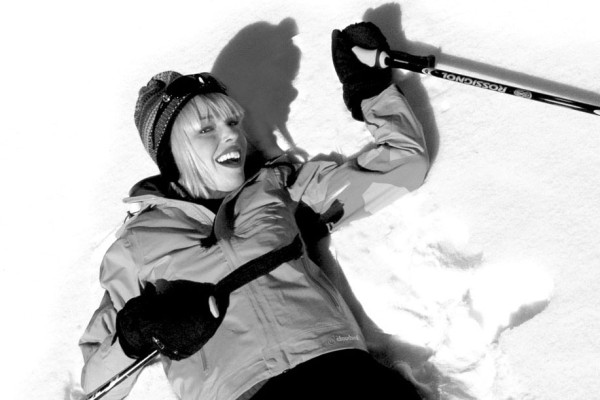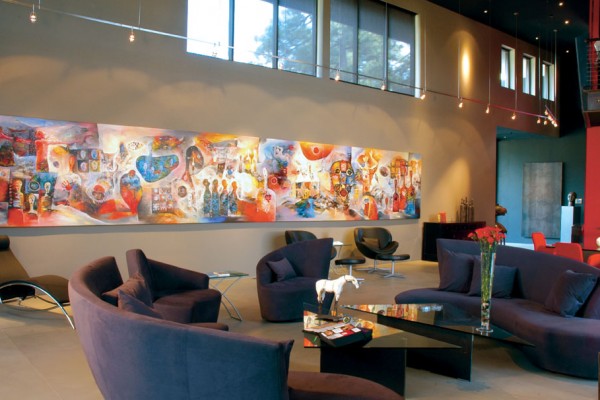Continued (page 2 of 4)
In 2000 Gerry opened a booth at Artmart in West Sedona (fun fact: Gerry and his wife, artist Debbie Menig, created the carvings on the building’s façade) and was part of the Sedona Artists Studios at Hozho Center for several years before he opened Pueblo Sedona gallery at Hozho in October 2002. “I struggled as an artist but my career took off in Sedona and I’m thankful for that,” he says. The couple closed the gallery in 2007 and Gerry now sells his katsinas online (www.gquotskuyva. com), at Garland’s Indian Jewelry and Garland’s Navajo Rugs in Sedona, and the Heard Museum Shop in Phoenix. Gerry also works on many commissions.
At carving time, Gerry says he lets the wood speak to him. He carves daily in a travel trailer in his backyard using an Old Timer knife (“My $9.95 blue light special,” he laughs), working on several dolls at once. “I treat the dolls like children and, like a family, one doll might need more attention than another,” he says. “I had one I was using as a doorstop for years until a woman came by and asked, “How much for the doorstop?” I finished [the katsina] at that point. Until then, she didn’t want to be finished. I was not yet the caliber she wanted me to be.”
Gerry agrees that contemporary-style Hopi katsina dolls began as a way to sell dolls to the public, but adds that view has begun to change. Now, it’s not unusual to walk into a home on the reservation and see contemporary dolls on a shelf or even to attend a ceremony where contemporary dolls are used. He’s diplomatic when the subject of Navajo kachina dolls comes up. The Navajo create and sell kachina dolls though the dolls have no historical importance to the tribe. “There was a lot of animosity when the Navajo started making dolls but I try to see the positive side in everything,” says Gerry. “Before the Navajo it was unheard of to find a Hopi katsina selling for $1,000 or more. It’s also forced [serious] collectors to become educated.”
Gerry has won a slew of awards over the years. Last year, he took first place in the sculpture division at the Eiteljorg Museum of American Indians and Western Art in Indiana. Gerry is currently working on creating bronzes based on his carvings. He smiles and says, “I spoke to a priest [on the reservation] and he said it would be okay to do a Corn Maiden in bronze. The Hopi adapt to changes, we aren’t stuck on remaining historical. We accept the modern world, but we’re struggling to incorporate the two.”
Kevin Sekakuku
When he was 7 years old, Kevin Sekakuku would sit under a shade tree outside his grandmother’s house on the Hopi Reservation and watch his uncles carve katsinas. In no time he was carving flat cradle dolls – he gave his first one to his mom who still cherishes it – and by age 10 he was crafting full-figure pieces. But he says he didn’t really get rolling until he attended boarding school in Santa Fe in his mid-teens.
“I heard about the [Santa Fe] Indian Market and realized there was a whole world for Indian arts,” says Kevin, wearing turquoise jewelry and seated at the patio of the Heard Museum in Phoenix, near his home. “This was in the early 1990s. I knew that one of these days I’d be in that show.”
His vision came true; he’s since brought home numerous ribbons from Santa Fe, widely considered the world’s most prestigious Indian arts show. He admits he was “overwhelmed” during his first time at Indian Market but on his second visit he won an honorable mention. Last year, his Awatovi Soyoktaka Ogre with Warrior Twins, a 15-inch tall traditional katsina decked out in leather, abalone, seashells, feathers, and horsehair, won first place in two categories (another of Kevin’s contemporary katsinas won first place in its category).



